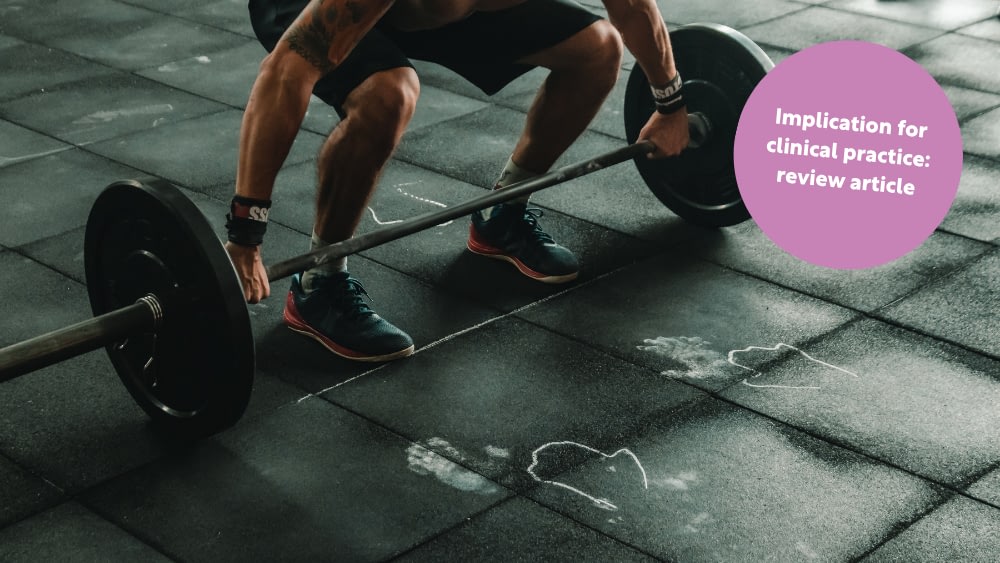Optimal loading for rehabilitation and performance requires understanding that different tissues (muscle, tendon, bone, cartilage) and systems recover at different rates.
Practitioners must tailor exercise intensity, volume, and frequency and use an athlete monitoring framework to balance loading and recovery to avoid injury and optimise adaptation.
Context
- To describe what constitutes a “normal” tissue and system response to mechanical loading, detail the complex interactions between load variables and tissue recovery timelines, and provide practical guidance for clinicians designing rehabilitation and performance programmes.
Methods
- A narrative review summarising current research evidence on acute and chronic adaptations to loading for different tissues and systems.
- The authors synthesised studies on muscle, tendon, bone, and cartilage responses, using targeted literature searches and critical appraisal of systematic reviews, meta-analyses, and key experimental papers.
Results
- Tissue recovery timelines vary greatly: cartilage can recover within 30 minutes; muscle may need ≥72 hours after high-stress eccentric exercise; bone mechanosensitivity can be restored within 4–8 hours after short rest.
- Loading recommendations should match tissue recovery: e.g., allow 48–72 hours between high-intensity sprint sessions; hyper hydrated tendons benefit from 48 hours between high stretch–shorten cycle activities.
- Practitioners should “train around” injured tissues while maintaining global load capacity, using evidence-based interventions like blood flow restriction training to mitigate detraining effects.
- Load–response data should be interpreted using both objective and subjective monitoring tools.



